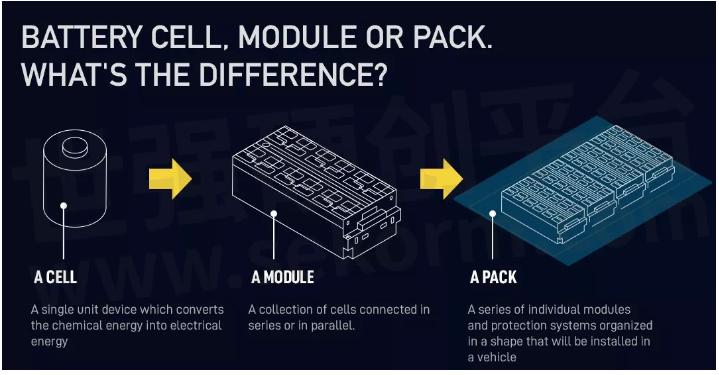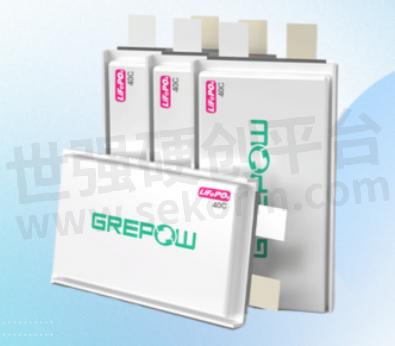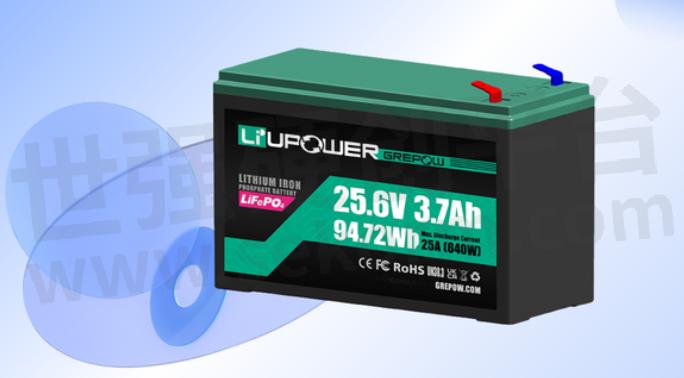What is a Lithium-ion Battery Cell, Battery Module, and Battery Pack?

In the fast-paced world of technology and electric vehicles, lithium-ion batteries have become the backbone of energy storage solutions. Whether it's powering your smartphone, laptop, or electric car, these high-energy-density batteries have revolutionized the way we store and utilize electrical energy. In this article, we will delve into the components that make up a lithium-ion battery system, exploring the intricacies of battery cells, Battery Modules, and Battery Packs.

Fig.1
What is a Lithium-ion Battery Cell?
At the heart of every lithium-ion battery system is the individual cell. A battery cell is the basic building block that stores electrical energy through electrochemical reactions. In the case of lithium-ion cells, lithium ions move between the positive (cathode) and negative (anode) electrodes during charge and discharge cycles. Different combinations of materials result in batteries with varying energy density, voltage, cycle life, and safety features. The voltage of a lithium-ion battery cell is typically around 3.7 volts. The voltage of a lithium-ion cell is a crucial parameter as it influences the overall voltage of a battery pack when multiple cells are connected in series. When multiple cells are connected in series within a battery pack, the total voltage of the pack is the sum of the individual cell voltages.

Fig.2
What is a Lithium-ion Battery Module?
A lithium-ion battery module is a group of interconnected battery cells that work together to provide a higher level of voltage and capacity. Modules are designed to facilitate efficient cooling and thermal management, ensuring that the temperature within the battery remains within safe operating limits. Battery management systems (BMS) are often integrated into modules to monitor and balance individual cell voltages, optimizing overall performance and extending the lifespan of the battery.

Fig.3
What is a Lithium-ion Battery Pack?
A lithium-ion battery pack is the largest and most complex assembly in the hierarchy of battery systems. It consists of multiple modules arranged in a specific configuration to meet the voltage and energy requirements of a particular application. Battery packs often feature additional components such as thermal management systems, safety circuits, and connectors for interfacing with external devices. These packs are the energy source for a wide range of applications, from portable electronic devices to electric vehicles.

Fig.4
What is Modular Lithium-ion Battery?
Modular lithium-ion batteries represent a flexible approach to energy storage, allowing for scalability and adaptability in various applications. A modular battery system consists of interchangeable and stackable components, which can be configured to meet specific power and energy demands. This modular design facilitates easier maintenance, repair, and upgrades, making it an attractive solution for industries where flexibility and cost-effectiveness are crucial.
What is a Modular Battery Pack?
A modular battery pack takes the concept of modularity to the next level by incorporating interchangeable and stackable battery modules. Each module contains a set number of battery cells, and these modules can be added or removed as needed to adjust the pack's capacity or voltage. This design offers advantages in terms of manufacturing, transportation, and servicing, as well as the ability to customize battery packs for different applications.
Difference between Battery Module and Battery Pack
The primary distinction between a battery module and a battery pack lies in their scale and functionality. A battery module is a smaller unit that contains a group of interconnected cells, often with its own BMS. It is a component within a larger battery pack, which consists of multiple modules arranged in a specific configuration. The battery pack is the complete assembly that provides the required voltage and capacity for a particular application, encompassing additional features such as thermal management systems, safety circuits, and external connectors.
Conclusion
Understanding the hierarchy of lithium-ion battery systems – from individual cells to modular designs and complete battery packs – is crucial for grasping the complexities of modern energy storage solutions. As technology advances, modular lithium-ion batteries continue to play a vital role in providing scalable, adaptable, and efficient energy storage across a wide array of applications. As we continue to rely on lithium-ion batteries for our ever-growing energy needs, the knowledge of these essential components becomes increasingly important in optimizing performance, safety, and sustainability. As a global leader in lithium battery cell manufacturing, Grepow offers professional customization solutions for lithium-ion battery packs and Battery Management Systems (BMS), catering to your specific application requirements.
- +1 Like
- Add to Favorites
Recommend
- Thin Film Lithium-ion Battery Vs Lithium-ion Battery: What’s the Difference?
- Sodium-ion Battery vs Lithium-ion Battery: What’s the Difference?
- Lithium-ion Battery Cycle Life VS. Calendar Life VS. Shelf Life
- Prismatic vs Pouch vs Cylindrical Lithium Ion Battery Cell
- TEFOO ENERGY Has Been Provided Lithium-ion Battery for Medical Equipment for More Than 15 Years
- 5 Factors That Affect the Lithium Ion Battery Life
- What is a Silicon Anode Lithium-Ion Battery?
- How to Solve the Imbalance between Li-ion Battery Pack Cells and the usual maintenance of Lithium-ion batteries
This document is provided by Sekorm Platform for VIP exclusive service. The copyright is owned by Sekorm. Without authorization, any medias, websites or individual are not allowed to reprint. When authorizing the reprint, the link of www.sekorm.com must be indicated.






























































































































































































































































































































































































































































































































































































































































































































































































































































































